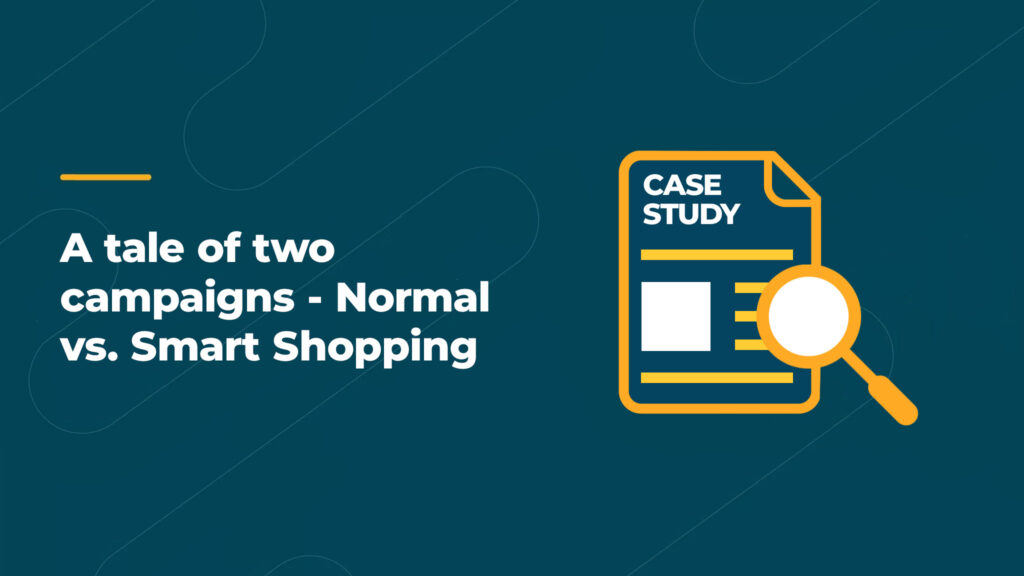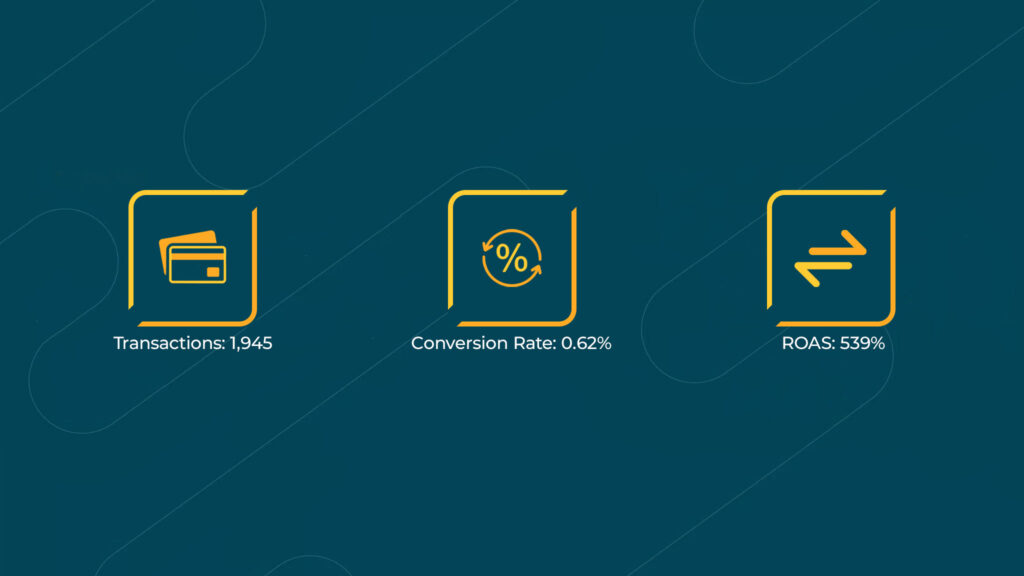
A tale of two campaigns - Normal vs. Smart Shopping
Understanding what works best for driving results with digital campaigns is crucial. That’s why running A/B tests to compare approaches side-by-side just makes sense. When it comes to shopping campaigns, we decided to take the guesswork out of whether regular Shopping campaigns or Smart Shopping yield better returns. Read on to learn about the strategy and results.
Key terms
- Return on Ad Spend (ROAS): the revenue generated for money spent on advertising. It’s calculated by dividing the total revenue from the campaign by the cost of the ads. A higher ROAS indicates more effective advertising.
- Conversion Rate: the percentage of website visitors who take a desired action, such as making a purchase or filling out a form. In Google Shopping campaigns, it reflects the effectiveness of product listings in turning clicks into actual sales.
- Attribution Models: Attribution models determine how credit for conversions is assigned to different touchpoints in the customer journey. Common models include first-click, last-click, and linear attribution.
- Time Decay: an attribution model that assigns more value to touchpoints that occur closer to the conversion. It acknowledges that interactions closer to the purchase decision are more influential and assigns proportionally higher credit to them.
- Data-Driven Attribution: an advanced attribution model that uses machine learning algorithms to analyse data and assign credit to various touch points based on their actual contribution to conversions. It provides a more data-driven and accurate representation of the customer journey.
- Click-Through Rate (CTR): the percentage of people who click on an ad after seeing it. In Google Shopping campaigns, a higher CTR indicates that the product listings are compelling and relevant to users, potentially leading to increased conversions.
Our Approach
For this client, our goal was to determine if normal Shopping or Smart Shopping campaigns resulted in more transactions and higher return on ad spend (ROAS). We set up two campaigns – one normal Shopping and one Smart Shopping – with a shared budget. Both campaigns were set to a maximised conversion bidding strategy.
To gain additional insights, we also tested two attribution models – time decay and data-driven attribution (DDA). Time decay attributes more credit to touchpoints earlier in the buyer’s journey, while DDA uses conversion data to determine the weighting. This would allow us to see which attribution model worked best with shopping campaigns.
After running the campaigns concurrently for 3 months, we compared the results to make our decision.

Campaign Results:
Looking at the key goal of driving transactions, Smart Shopping clearly outpaced normal Shopping. Smart Shopping drove 1,945 transactions compared to just 135 for regular Shopping campaigns. The transaction conversion rate was also much higher for Smart Shopping at 0.62%, versus 0.35% for normal Shopping.
The ROAS numbers showed similar results. Smart Shopping achieved an impressive ROAS of 539%, while normal Shopping had a ROAS of 132%. For attribution modelling, DDA outperformed time decay. Even though DDA wasn’t widely used yet, the data-driven model showed early promise for shopping campaigns.
Key Takeaways
Based on the results, Smart Shopping campaigns are the clear winner for driving transactions and revenue for this supplement brand. The ROAD for Smart Shopping was over 4X higher than normal Shopping. We recommend they increase budget allocation to Smart Shopping campaigns to maximise conversions and sales. Data-driven attribution also looks to be the better modelling choice for understanding shopping campaign impact.
If you’re interested in running a similar test or revamping your Google Ads shopping strategy, contact us. We’re happy to help you unlock the full potential of Smart Shopping and make data-driven decisions to improve your ROAS.

